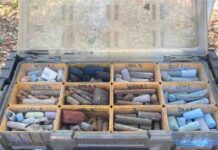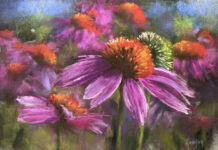Ever since our prehistoric ancestors dipped into the earth with sticks and fingers to make images on cave walls, we’ve understood the merits of natural pigments and chalks for drawing. Meet the artists who helped pave the path to the medium as we know it today.
A Timeline of the Icons and Innovators Who Blazed the Trail for Painting in Pastel
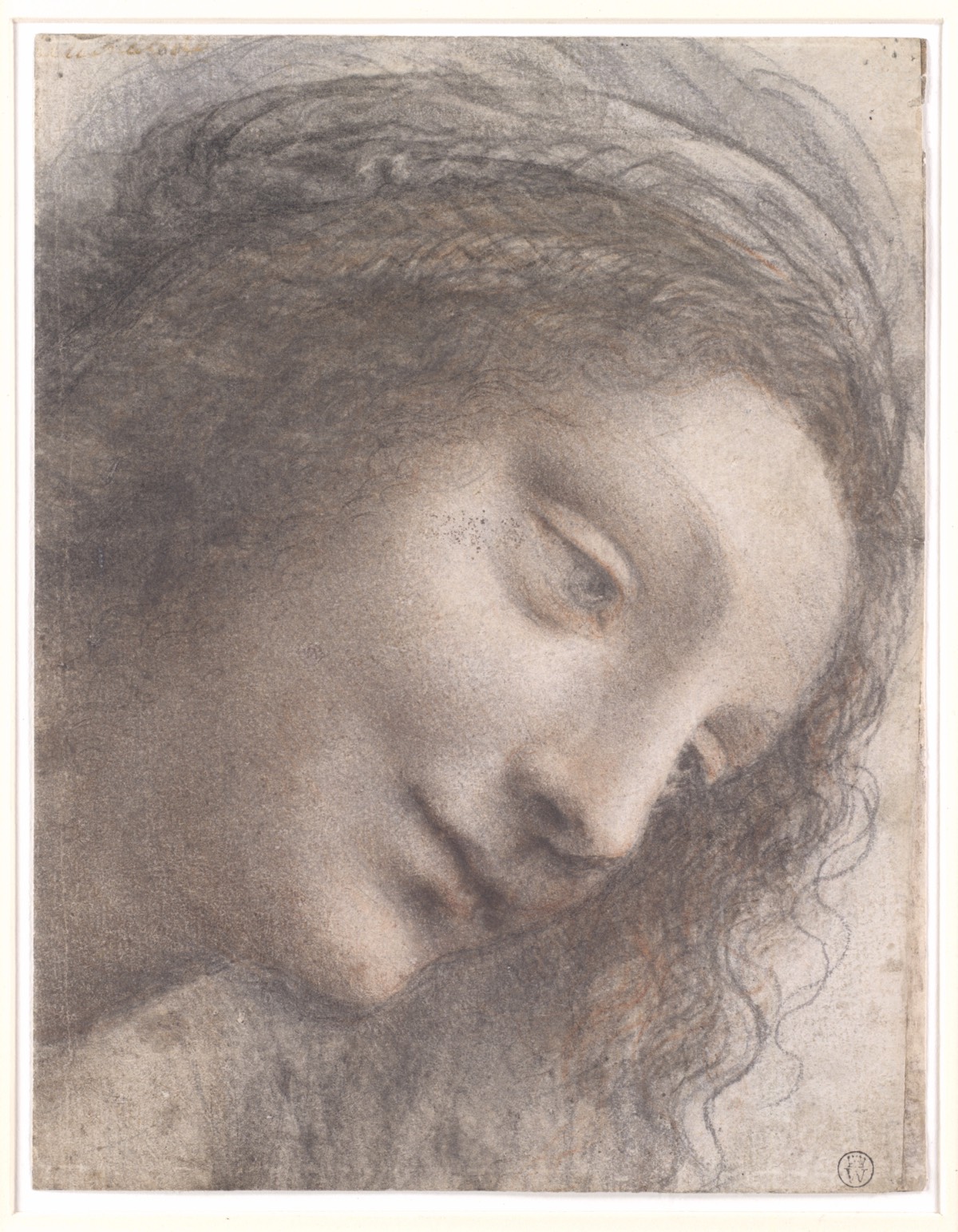
Leonardo da Vinci referred to his use of colored chalks as “the dry coloring method.”
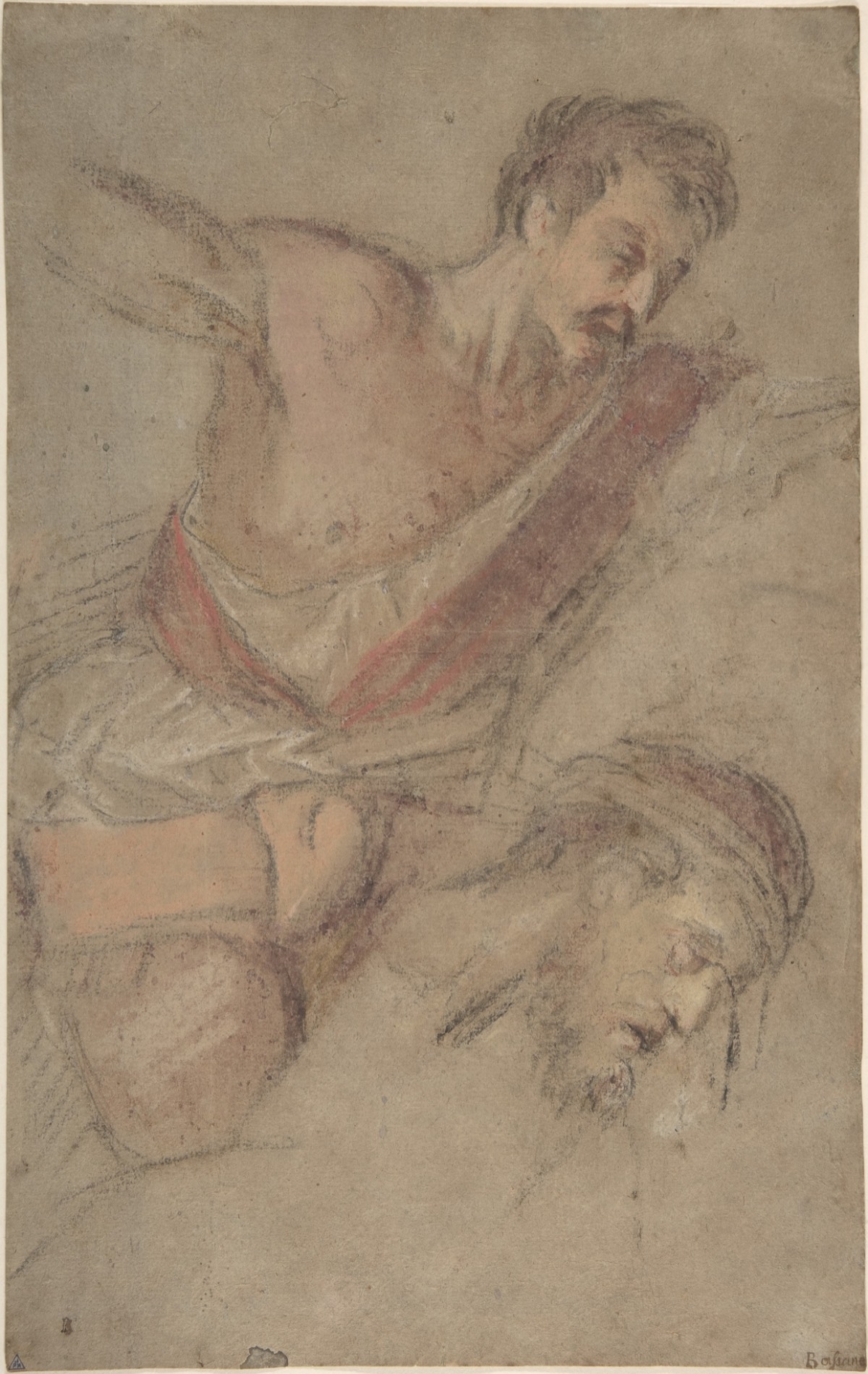
Considered the most innovative Venetian draftsman of the later 16th century, Jacopo Bassano used red and black colored chalk on blue paper (since turned brown) for this preparatory drawing for “Flagellation of Christ.” First, he outlined the general forms of the two figures with long, jagged strokes of black pastel, varying the inflections of tone. Then he worked in the colors, often pressing hard on the paper to create accents of highly saturated hue. Using a sfumato technique, he unified the layers of color.
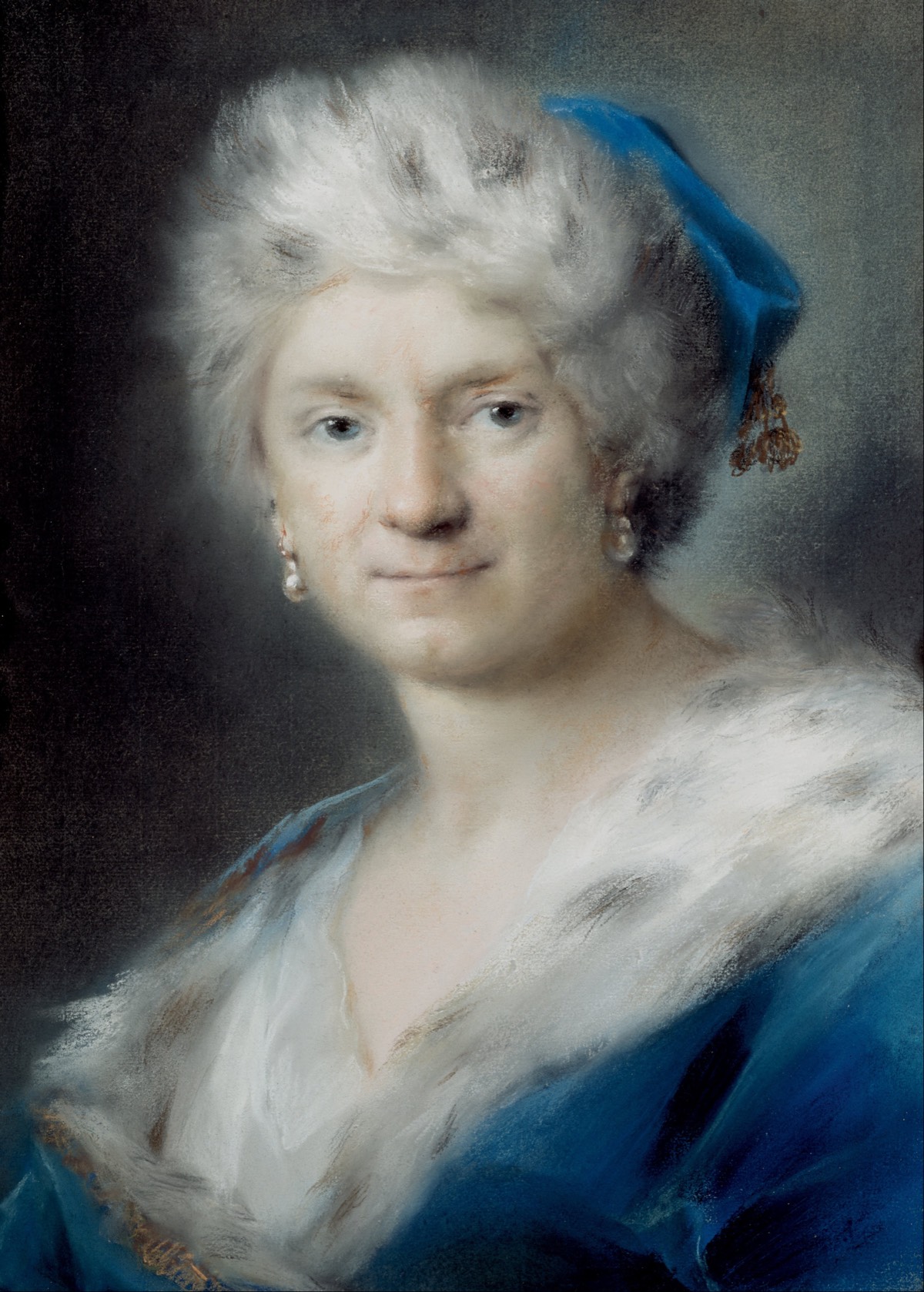
One of the most brilliant of the first big wave of pastellists, Venice-born Rosalba Carriera didn’t just apply her pastels dry and from the stick, but in places made them into a paste using water, which she applied to paper with a brush. She blended or “sweetened” layers of color, contours, and shading, and sometimes shaped certain areas using a finger or stump (a rolled piece of leather or paper) to create a soft, delicate feeling and richer areas of detail in her portraits.
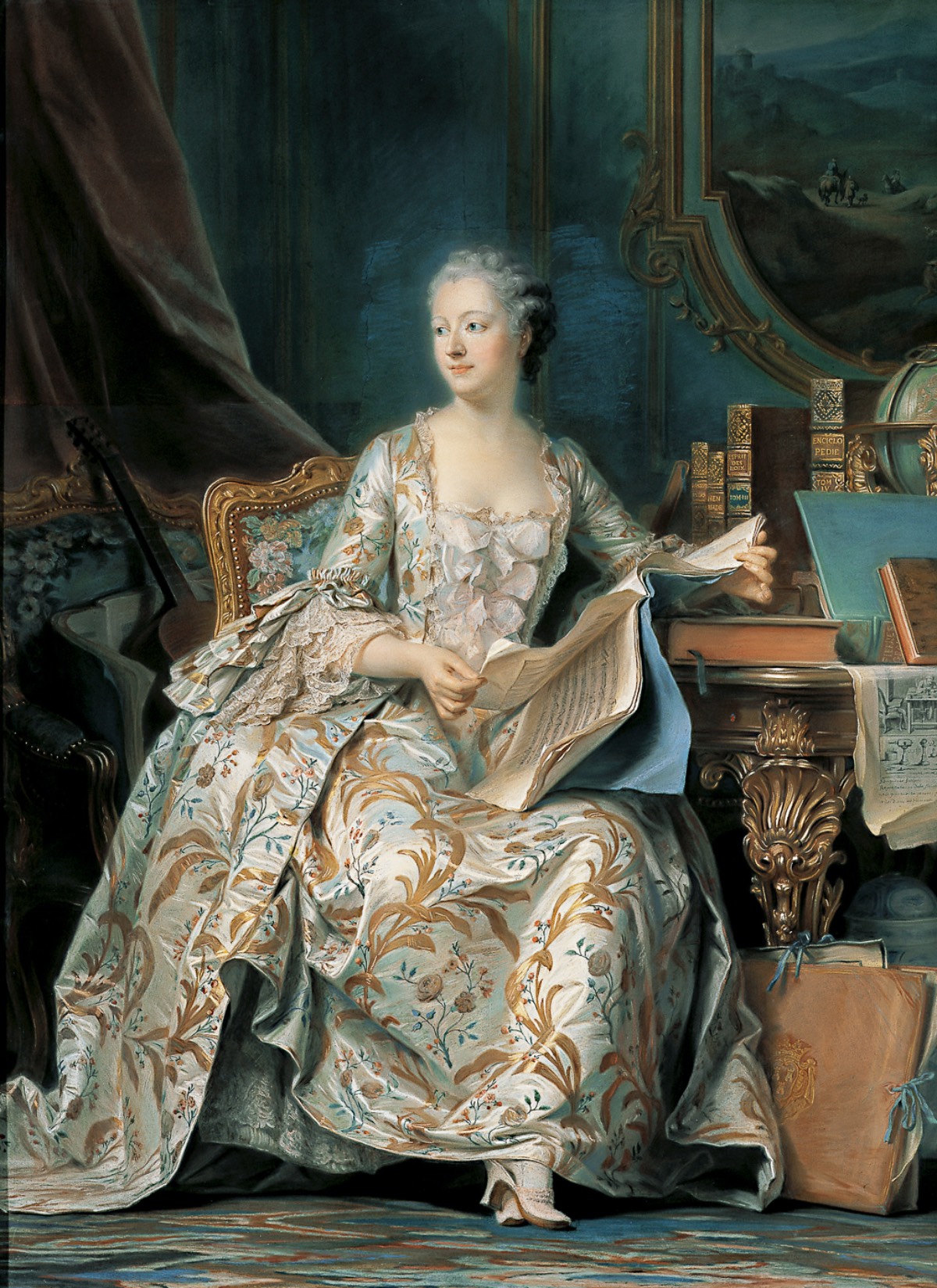
Another star pastellist of the mid-18th century, Maurice Quentin La Tour initially apprenticed as an oil painter but was attracted to the immediacy of pastel — and perhaps the success of Carriera who was well-known in Paris. Seeking to enhance the prestige of the medium, he developed new approaches to pastel work, pioneering the use of adhesives and the joining of multiple sheets of paper for surfaces larger than had been seen before. He not only excelled at modeling the softer surfaces and materials that pastels were so suited to, but tackled the harder and more glittery materials used in jewelry and the like. His portraits demonstrated a liveliness and informality that set the tone for decades.

Jean-Étienne Liotard first trained as a miniature painter in Geneva, where he mastered the extraordinary fineness of application that was to be the hallmark of his pastel style. Traveling through Europe and painting portraits in pastel, he gained an international reputation for his care and skill in achieving an accurate likeness of his sitters. At the age of 79, he published a treatise on the principles of painting, in which he explained his belief that painting is and should be a mirror of nature.
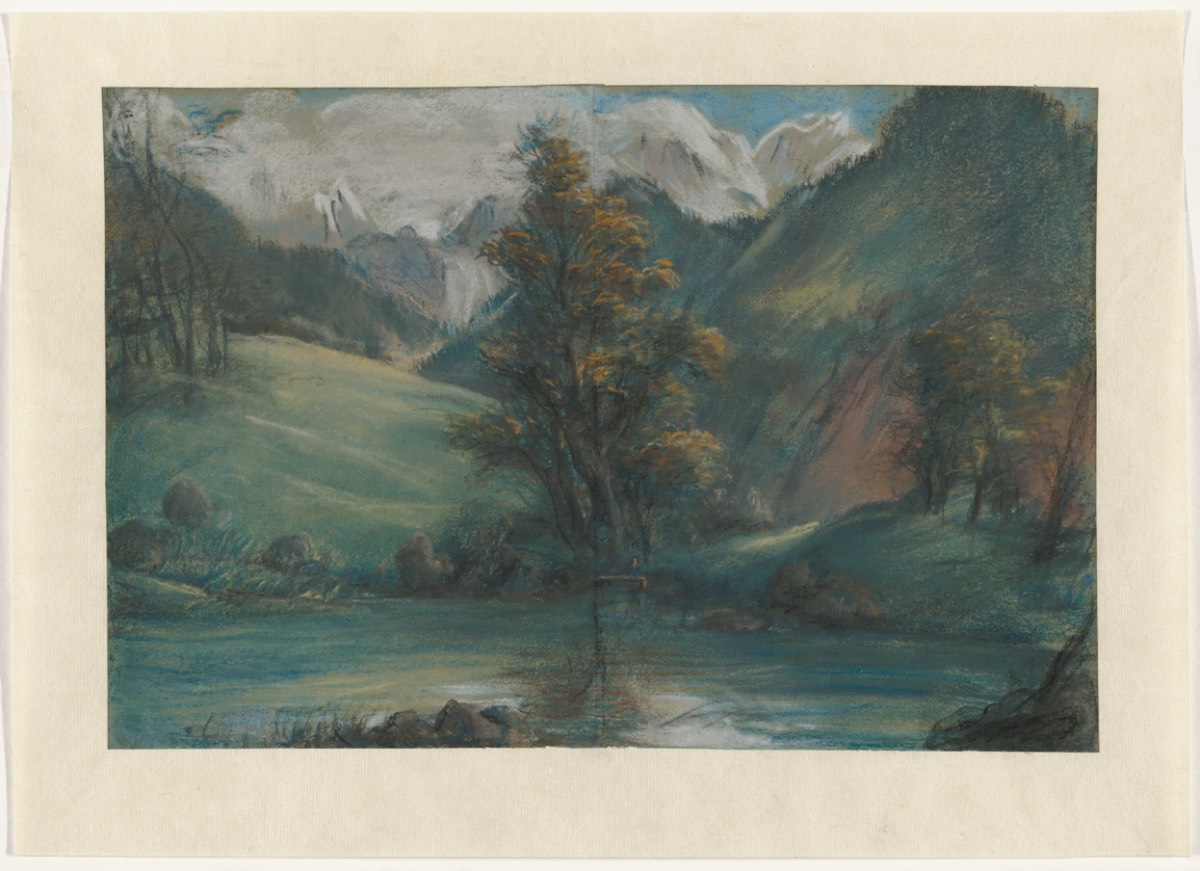
Mostly famed for her portraits, Elisabeth Louise Vigée-LeBrun (1755-1842) played a seminal role in the development of pastel landscapes. The artist first applied herself to the genre upon her exile to continental Europe after the French Revolution in 1789. Returning to France from Switzerland in 1808, the artist brought with her “about 200 pastel landscapes,” by her own count, of which approximately 15 survive today. In taking up her pastels to immortalize the landscape, the artist was an early adopter of a practice that went on to flourish in the 19th century. Easy to handle and well-suited for excursions, pastel became an increasingly popular medium for executing landscapes en plein air.
Stay tuned for Part 2 next week. And for a deep dive into where the art of Realism stands today, join Stephen Bauman, Wende Caporale-Green, Dan Thompson, Glenn Villpu, and other top artists at Realism Live, November 9-11, with an Essentials Techniques Day on November 8, 2023.

